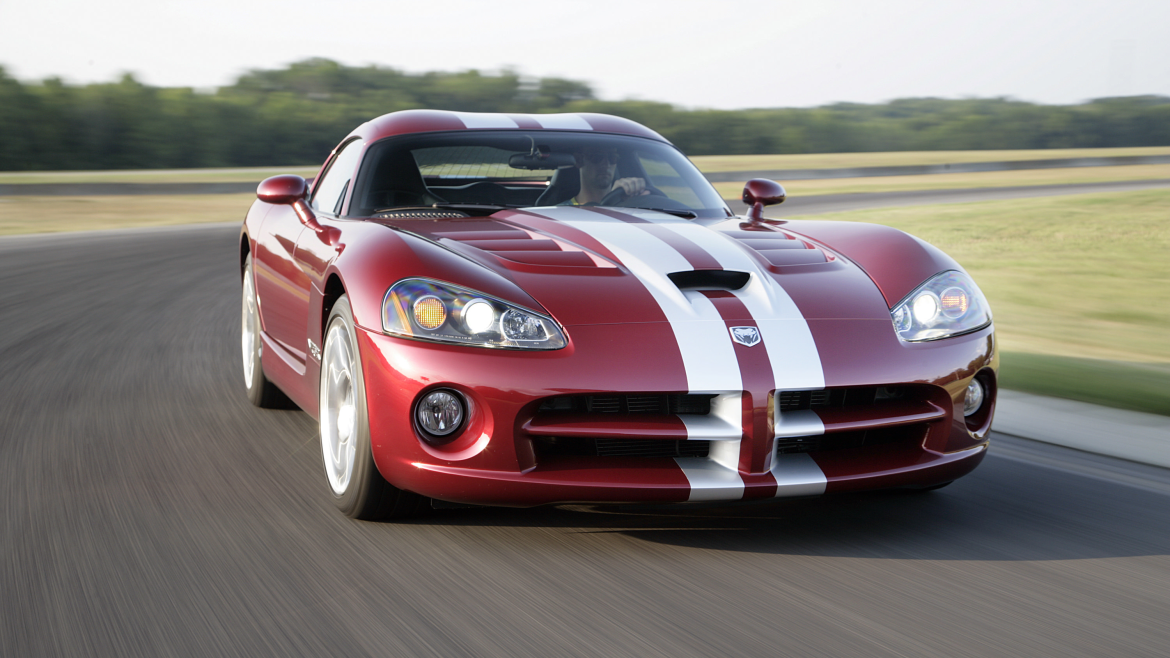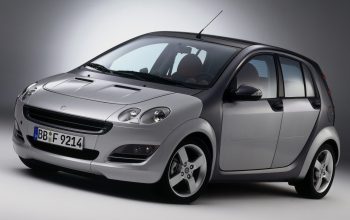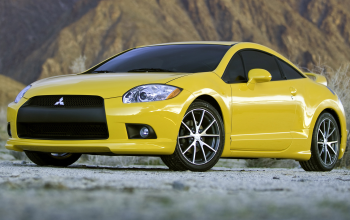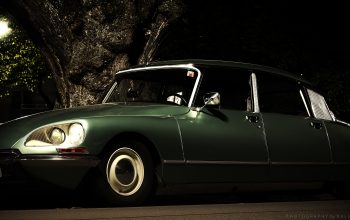The Petroleum community has voted for the second car of the week, the Colonial brute, Dodge Viper SRT-10! One of the finest American cars ever made, Dodge went all in to their mad project that brought the European supercars a tough rivalry, giving Ferrari and Lamborghini a run for their money. Eliminating the Corvette C5.R on the votings by one vote, the Viper has gained its slot on this segment, so without further ado, let’s get into this glorious machine flying straight out of Detroit, stinging everything in its path.
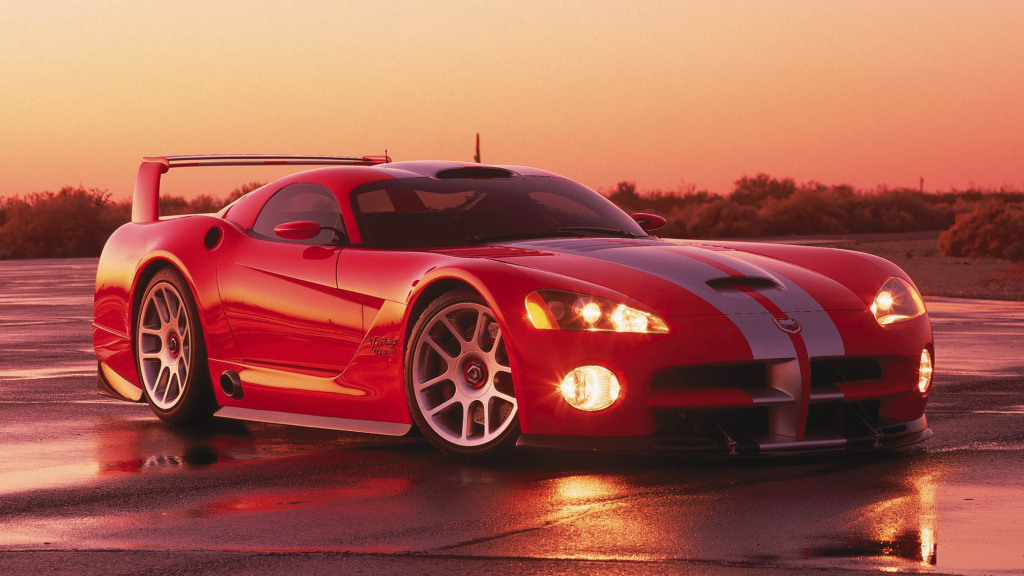
Beginnings of an American ”Supercar”
The first generation Viper was unveiled in 1991 as the RT/10 model, which housed the first 8.0L V10 engine that was built with help from Lamborghini. It was a hardcore, back-to-basics supercar that had no ABS, TC or any sort of reassurance for the driver that they will certainly be safe in a car crash. The only warning it came with it was the caution label on the side exhaust pipes, suggesting the driver to avoid touching it. It quickly became a rival to European equivalent supercars like Diablo and domestic cars like the Corvette. The second generation introduced more power and speed with the model Viper GTS, which had 50 HP more than the RT/10, it was pretty insane for its time.
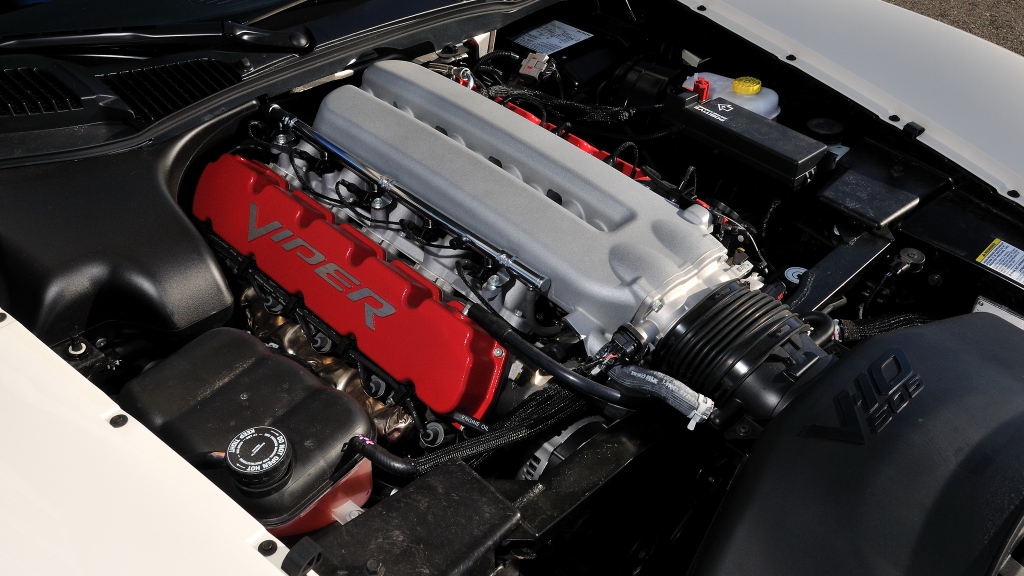
But while the first and second generations were deadly, vicious supercars, the third generation was a whole different beast. Initially previewed with the GTS-R and RT/10 open-top concept cars in 2000 and 2001 respectively (see above), it had a smoother and bolder design that made it look the part from its rivals, and signalled that Dodge was out for blood. Most of the design was made by Osamu Shikado, who also designed cars like Chrysler Citadel or more recently, the Genesis Essentia Concept. Dodge rolled up the sleeves for the next generation and finally introduced the new Dodge Viper SRT-10 in 2003, and that is where our story begins.
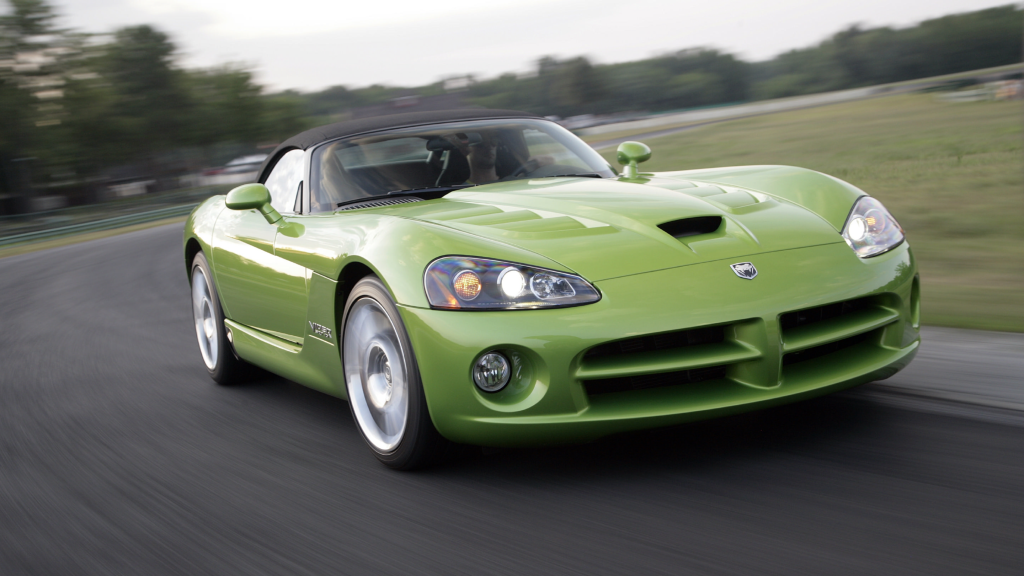
Bigger, Badder, Faster: The SRT-10 (ZB I)
The SRT-10 that was introduced in 2003 with the ZB I codename is the generation that gave the Viper global spotlight. The Viper was now larger, had an enlarged 8.3L pushrod V10 that produced 500 HP and 712nm, 50 HP more than the previous GTS model, but what made the Viper such a deadly speed demon was the fact that it underwent a starve diet, weighing 50 kg (110 lbs) lighter than RT/10, and as you know, 50 kg is a massive difference in the automotive world, especially if this difference is between old and new generation models. The weight saving program included a lighter engine that weighs 230 kg (507 lbs) and a chassis that is 36 kg (80 lbs) lighter than the previous generation. The first set of Vipers built between 2003 and 2004 were all convertibles and it wasn’t until 2005 that Dodge unveiled the hard-top coupé model for the 2006 model year. The first SRT-10 could reach 60 mph in 4 seconds and had a 313 km/h (195 mph) of top speed, and all Vipers had six-speed manual transmission.
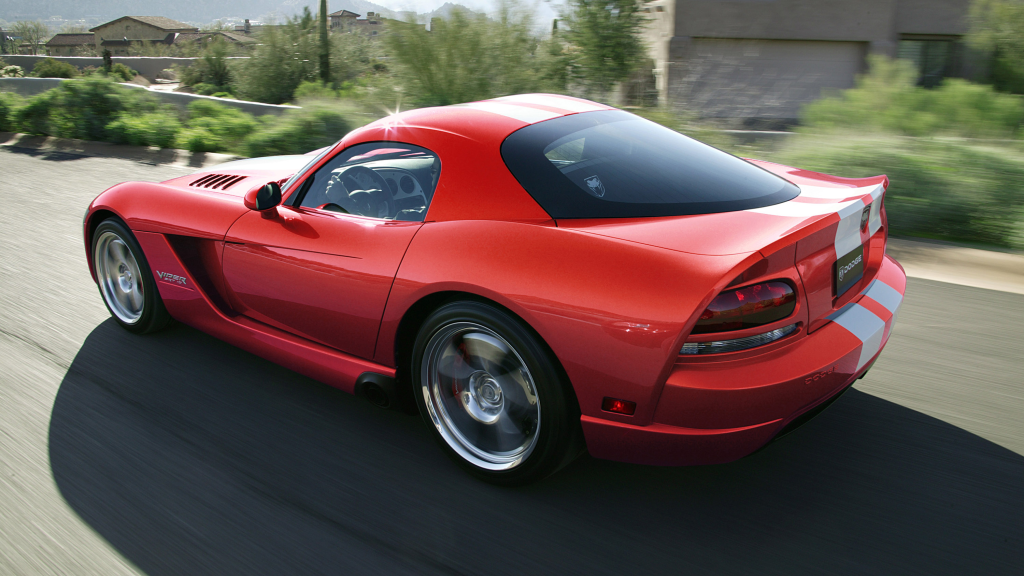
The hardtop coupé SRT-10 began production in 2005, and had a few differences from the convertible models, most notably the rear design, which uses the design from Competition Coupe concept instead. It also brought back the double-bubble roof design from the first generation hardtop models like the GTS. It was offered with double white stripes and established the Viper as one of America’s finest sports cars alongside the newly introduced C6 Corvette and limited production Ford GT, making European rivals sweat profusely. If we are to compare Viper to an European sports car, it would definitely be any TVR, most notably the Sagaris, since both are old-school speed demons that prioritize brute fun first, and safety second, or third. Or fourth. You could also include the Bristol Fighter that we discussed many months ago, which also had the Viper engine. The 2006 SRT-10 had an even better engine than before, as the 8.3L V10 now had 10 more horses, producing 510 HP and 725 nm @4200 rpm. The six-speed manual transmission was also tweaked, allowing for better feel of acceleration, reaching 60 mph in 3.9 seconds.
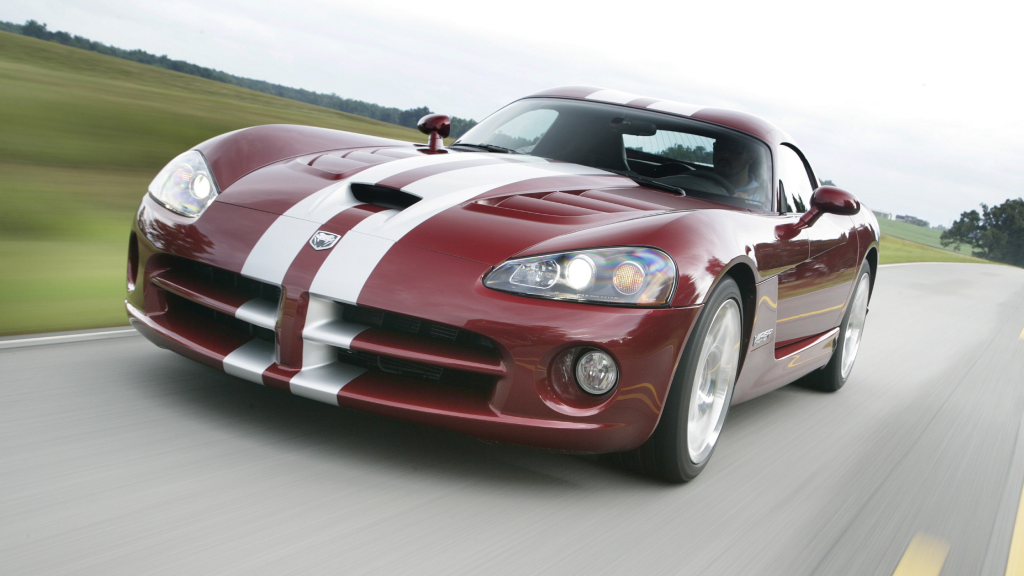
Viper at the Peak: The SRT-10 (ZB II)
Dodge skipped 2007 model year and introduced a facelifted and upgraded generation, codenamed ZB II in 2008. This generation was the gamechanger and made it an even more dangerous monster, as a bigger 8.4L V10 engine was introduced, pumping the power up to 600 HP and 759 nm. The engine was fitted with larger valves and double electric throttle bodies. The new engine was also built with help from McLaren and Ricardo Consulting Engineers. The result was plentiful, as the SRT-10 could now reach 60 mph in 3.7 seconds and reach 325 km/h (202 mph) thanks to a new Tremec TR6060 transmission. A new set of Michelin Pilot Sport 2 tires gave Viper even more traction, making it a more sophisticated monster that still had the raw identity of the original. It was still a dangerous thrill, but it could corner much more confidently and efficiently.
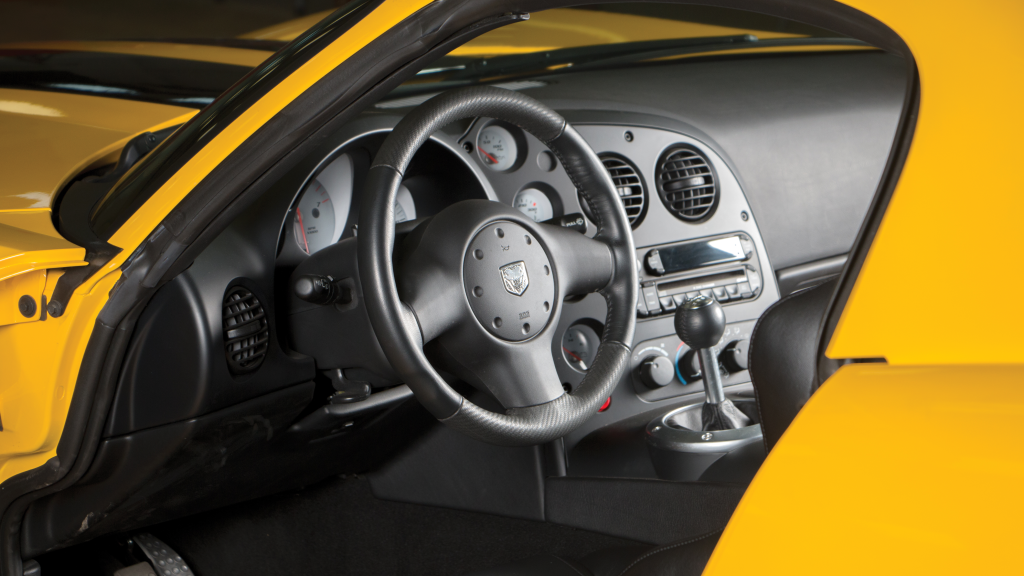
The exhaust system was also reworked, getting rid of the crossover exhausts from the last generation models which heated up the interior quite a lot, since they were going right under the seats. This was done to improve the exhaust note as the first generation was criticised for its lack of a brutal exhaust tone. This new generation not only gave it the right tones with a whole new exhaust system, but it also got rid of the crossover exhausts, reducing heat in the cockpit. The SRT-10 ZB II was the peak back then, and to demonstrate it, the ACR model returned and blasted the competition with a Nürburgring lap time of 7:22.1. However, it just wasn’t enough.
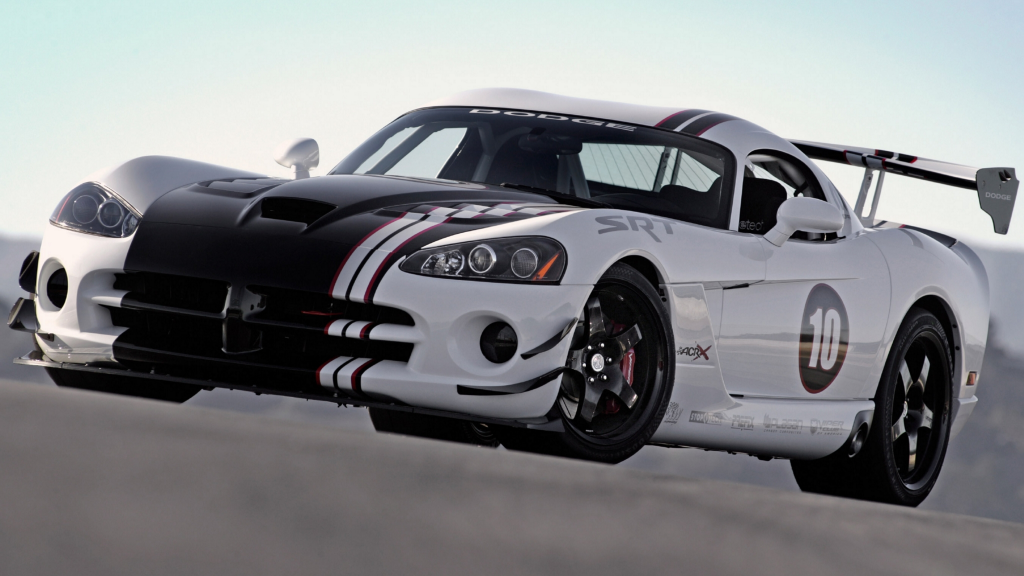
To the Extreme: Viper SRT-10 ACR-X
As CEO Ralph Gilles stated that the production of ZB II Viper would cease in Summer 2010, the ACR was apparently not enough for the Dodge engineers. They knew damn well that they could do better and turn it even more extreme. This is why they introduced an even madder ACR, called the ACR-X in July 2010 as a final send off. They focused on extreme aero rather than pure speed on this non-legal beast, which made it one of the best track cars in the world, one that could rival Ferrari’s masterpiece FXX. The sheer commitment for the fastest lap time was achieved with a weight reduction that resulted in just 1447 kg (3190 lbs) of weight, which was only 90 kg more than a Golf GTI, and the 8.4L V10 could now produce 640 HP and 791 nm of power. A big splitter and a set of canards, coupled with the ACR spoiler gave it the perfect downforce for extreme track experience. The 6-speed manual was also even better, had a shorter gears for better acceleration, but this doesn’t mean they outright sacrificed top speed, as it could still reach 298 mph (185 mph). Piece de resistance? it could reach 60 mph in just 3.2 seconds, a time that not even the newer generation Viper ACR models could reach (they reach to 60 in 3.4 seconds). Only 25 were built, and all were sold out the moment it went out the production line.
There you have it folks, the car of the week was this glorious American masterpiece, the ZB I and ZB II Viper SRT-10. Let us not lament that Viper is no more, but smile because it happened and still exists, some are even on sale, so get your pockets deeper and get some!

